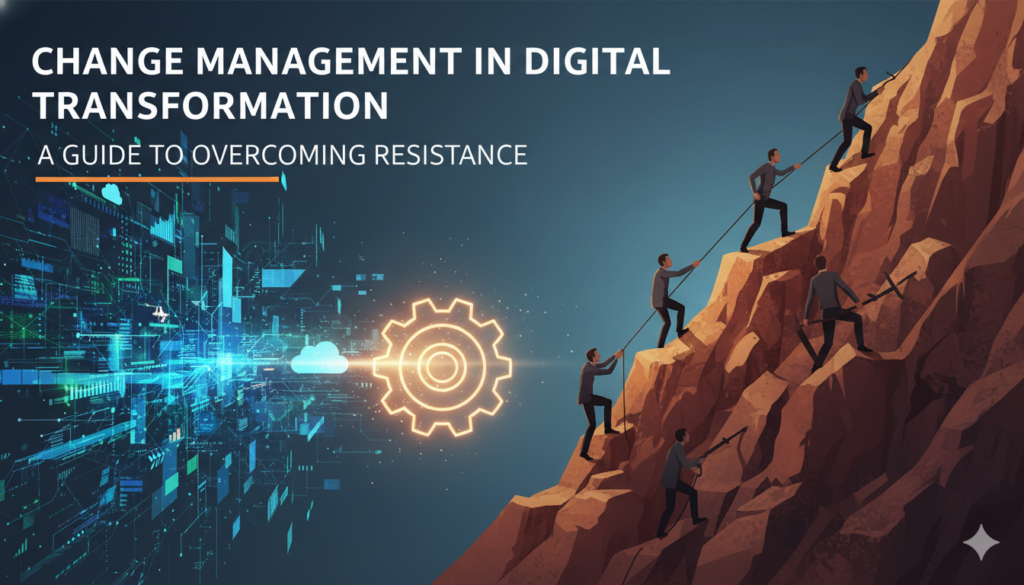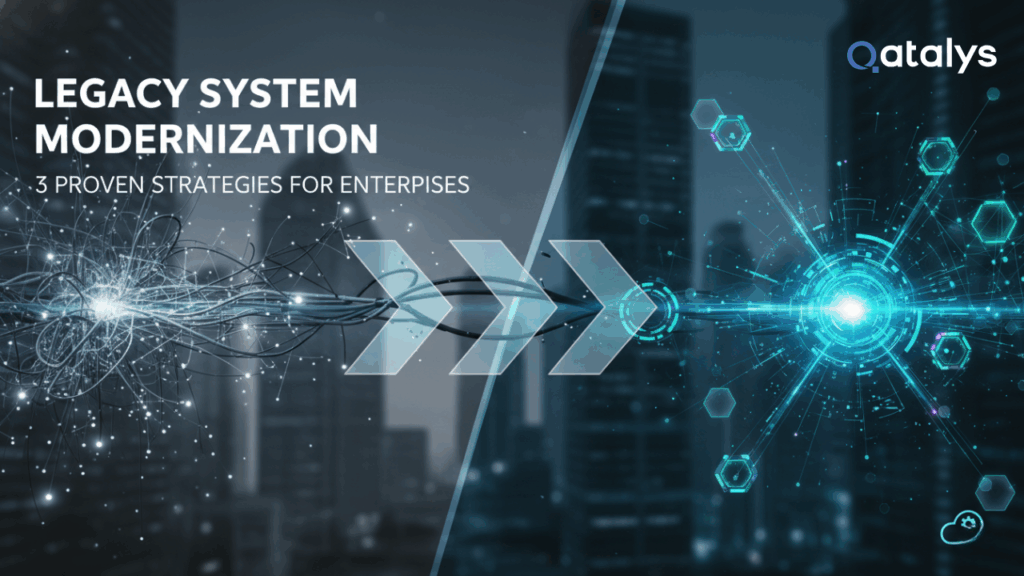As Global Capability Centers (GCCs) evolve from cost-saving back offices to innovation-driven strategic hubs, the talent equation has become more critical than ever. Top-performing GCCs are no longer measured by the number of engineers or support agents they house – but by the business value they deliver. And that starts with building and retaining high-performing, globally integrated teams.
This guide explores the talent strategy that forward-thinking GCC leaders are deploying – covering hiring, onboarding, retention, capability development, and leadership models that set high-performing centers apart.
1. Defining a High-Performing GCC Team
A high-performing team in the GCC context is not just one that delivers tasks on time – it’s one that understands business outcomes, operates with agility, and integrates seamlessly with global counterparts. These teams demonstrate technical strength, domain knowledge, and ownership over both delivery and innovation.
They are proactive, aligned to the organization’s north star, and consistently exceed performance benchmarks – not by working harder, but by working smarter.
2. Talent Acquisition with a Strategic Lens
Hiring for GCCs needs to move beyond filling roles. It’s about positioning your GCC as a strategic growth engine. Start by crafting a compelling employer brand that speaks to innovation, impact, and long-term growth opportunities.
Use market intelligence to identify emerging skill clusters – especially in AI, data, automation, and cloud – while tailoring job roles to attract candidates with product thinking and cross-functional exposure. The most successful GCCs look for adaptability, learning agility, and problem-solving capabilities – not just resumes stacked with keywords.
3. Onboarding and Experience: The First 6 Months Matter Most
Retention begins at onboarding. Build structured 30-60-90 day plans that ensure role clarity, cultural onboarding, and clear paths to success. High-performing GCCs ensure new joiners understand not only their immediate responsibilities but how their work connects to global objectives.
This is also the window to foster early belonging. Introduce new hires to leadership, peers in other regions, and relevant business teams. Use this phase to build trust and momentum – not just assign tasks.
4. Learning and Career Growth: Building Capability from Within
High performers don’t stay where they feel stagnant. Invest in continuous learning and role mobility. This means not just offering training modules, but aligning them to a visible, well-structured career ladder.
Create pathways from support functions to leadership tracks and innovation pods. Encourage lateral mobility, cross-team rotations, and certifications in future-forward domains like AI, data science, or product management. Let people grow without needing to leave.
5. Culture, Autonomy, and Retention Mechanics
Top talent doesn’t just want great salaries – they want ownership, recognition, and impact. Foster a culture of autonomy and trust. Let teams make decisions. Celebrate local wins. Recognize people not just for output, but for initiative and improvement.
Additionally, build flexibility into your culture. Hybrid models, asynchronous work, and flexible hours help global teams stay engaged without burning out. Compensation matters – but culture keeps people.
6. Innovation Inclusion: Make the GCC a Strategic Partner
Too many GCCs struggle with being perceived as “support centers.” That perception kills morale. Instead, involve your teams in upstream product decisions, problem-solving sessions, and strategy reviews.
Encourage innovation labs, internal hackathons, and rapid pilot projects. Give local leaders the runway to champion new ideas. The result? A team that feels ownership – not obligation.
7. Managing Attrition and Market Pressure
Attrition is highest where growth feels limited and leadership is invisible. To mitigate churn, build early warning systems using pulse surveys, manager feedback, and exit trends.
Conduct stay interviews – not just exit interviews – to understand what’s working and what’s not. Benchmark compensation, but also evaluate the strength of your learning culture, leadership visibility, and internal mobility programs.
8. Leadership and Performance Management
In a GCC setup, the quality of local leadership is the single biggest determinant of team performance and culture. Train leaders not just in delivery management, but in talent coaching, remote communication, and cross-cultural collaboration.
Implement performance reviews that combine outcomes with growth potential. Link career discussions to business objectives. Regular check-ins, transparent feedback, and mentorship loops help unlock sustained performance.
9. Metrics That Matter: Measuring Talent ROI
Don’t just track attrition and hiring velocity. Modern GCCs evaluate:
- Internal promotion rate
- Average time-to-productivity
- Employee Net Promoter Score (eNPS)
- Cross-functional collaboration index
- Ratio of innovation-led vs delivery-led roles
These metrics provide visibility into the true value your talent strategy delivers to the organization.
Conclusion
Building and retaining high-performing GCC teams requires a shift in mindset – from managing headcount to cultivating capability. It’s no longer about staffing the cheapest locations – it’s about unlocking the smartest, most engaged global talent that drives transformation.
The future of your GCC depends not just on what you build – but who builds it, and why they stay.
CTA
Want to future-proof your GCC talent strategy? Book a 30-minute Talent Maturity Audit Call with our GCC specialists








